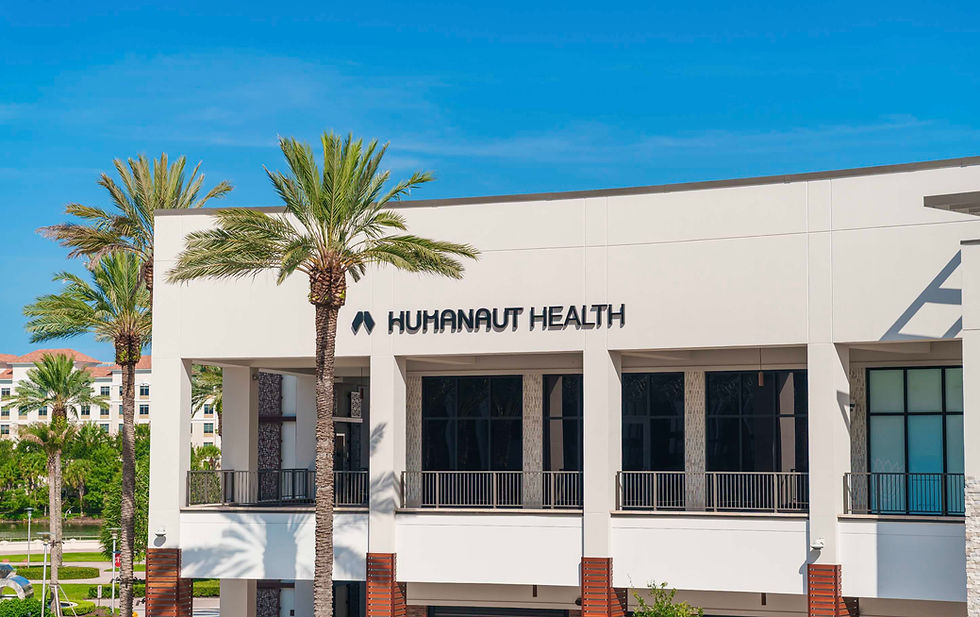Construction worker count reaches an all-time high in Miami-Dade
- Jake Nicholas

- Jul 28
- 3 min read
Miami‑Dade’s booming construction sector is powering its economy, with employment reaching record levels for five months running. In June, the county recorded 63,400 construction jobs, representing an 8.2% increase year-over-year, according to Miami Today—dramatically outpacing both statewide and national growth. Over the past decade, the local construction workforce has grown more than 57%, rising from approximately 40,200 jobs in 2015 to over 63,000 today. As cranes dot the skyline, it’s clear that construction isn’t merely supporting Miami‑Dade’s economy—it’s leading it.

This surge is fueled by a pipeline of transformative projects—from supertall residential towers to major infrastructure improvements. Leading the way is the Waldorf Astoria Hotel & Residences (300 Biscayne Blvd), Florida’s first supertall building rising to 1,049 ft across 100 stories. Construction has now surpassed one-third of its total height, advancing at a pace of one floor every ten days. The tower includes 387 residences and 205 hotel rooms, with pricing starting at $3.2 million, and an exclusive penthouse listed at $50 million. The project is expected to be completed by 2027–28.

Okan Tower, a 70‑story, 902‑ft mixed-use skyscraper, is on track for completion by 2027. The tower will incorporate a Hilton-operated hotel, residential units, office space, and luxury amenities.
One Bayfront Plaza, approved to begin in 2025, will be a 93‑floor, 1,005 ft supertall with offices, retail, hotel, condominiums, and possibly an observation deck—poised to become the tallest tower in Miami and Florida by about 2030.

Miami Freedom Park, the $1 billion Inter Miami CF stadium and mixed-use campus, began construction in August 2023. When complete in 2026, the project will include a 25,000-seat MLS stadium, retail, entertainment venues, hotel space, office buildings, public parkland, and youth fields—and is expected to generate over 15,000 direct and indirect jobs.
Another massive mixed-use development, Upland Park, a $1 billion transit-oriented development located near Miami‑Dade’s Dolphin Transit Terminal, is already underway. When fully built, it will deliver over 2,000 apartments, 282,000 sq ft of retail, and 414,000 sq ft of commercial space. The first phase—578 apartments—is expected in 2026.

Miami's construction boom extends beyond towers—major infrastructure projects are reshaping the city. One of the most visible is the I‑395 Signature Bridge, also known as "The Fountain." Featuring six sweeping arches spanning 1,025 feet with its tallest arch reaching 325 feet, the bridge is part of the transformative Connecting Miami I‑395/SR 836/I‑95 Design‑Build Project, led by FDOT and the Miami‑Dade Expressway Authority. It aims to improve mobility, enhance safety, and connect neighborhoods like Overtown and Downtown with a new under-deck public space called Heritage Walk. While originally scheduled for completion in late 2027, delays have shifted the projected opening to late 2029, and the budget has increased to approximately $866 million.

Regarding Miami International Airport, every terminal at MIA is slated to be expanded or rebuilt within six years, with the comprehensive modernization complete by 2031. The plan includes full reconstruction of the aging Central Terminal (design complete by 2027, construction to wrap by 2031), expansion projects for Concourse K (South Terminal) and Concourse D60 (North Terminal), and a major Flamingo Garage extension expected to finish in December 2025. Adding to the transformation, a 500‑room Westin hotel is scheduled to open on-site in 2027, and both new and existing terminal garages will be wrapped in sculptural stainless-steel artwork to elevate the airport’s aesthetic profile
Miami‑Dade’s record-setting construction growth appears built to last—anchored by mega-projects that continue to reshape the region’s urban and economic landscape.















